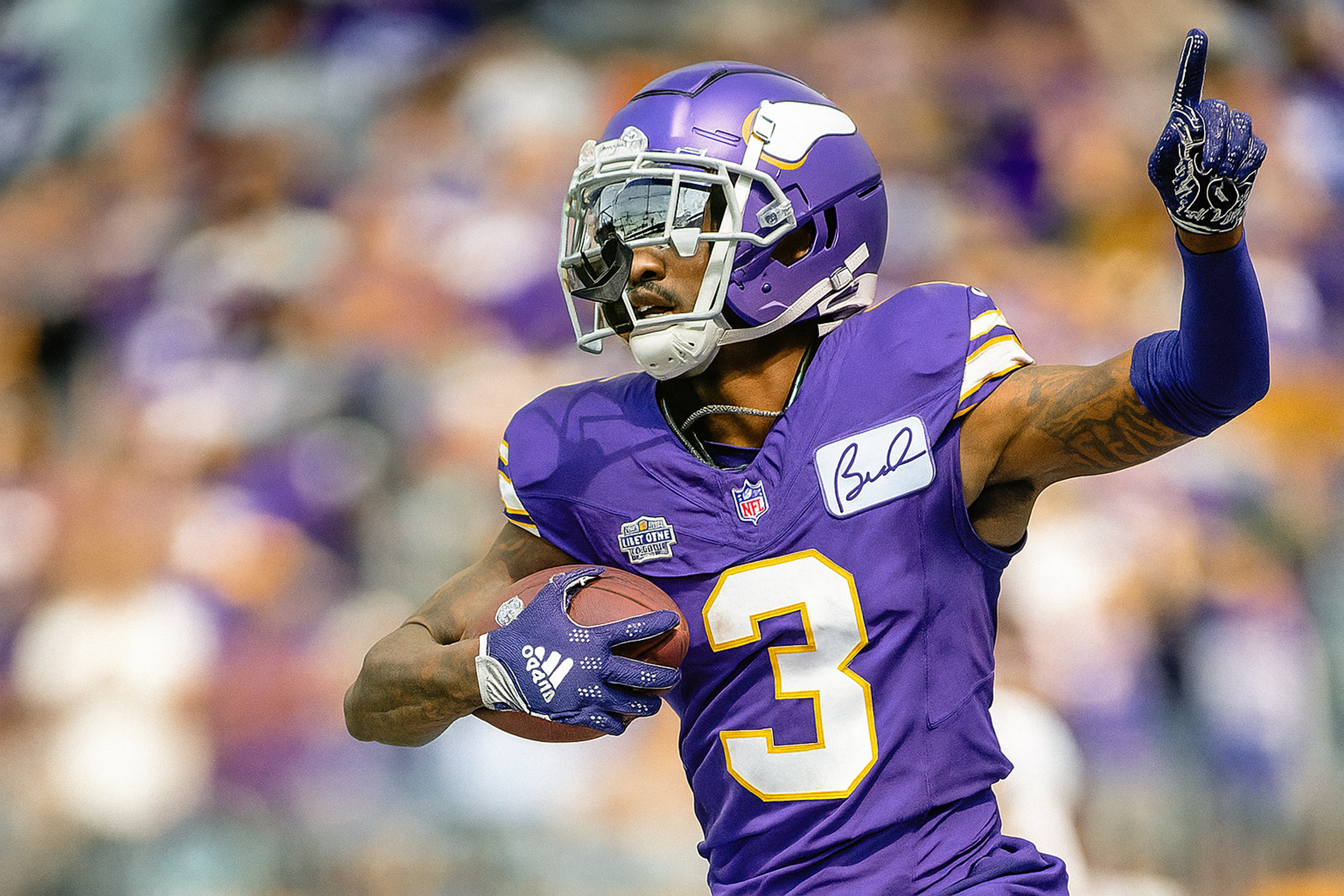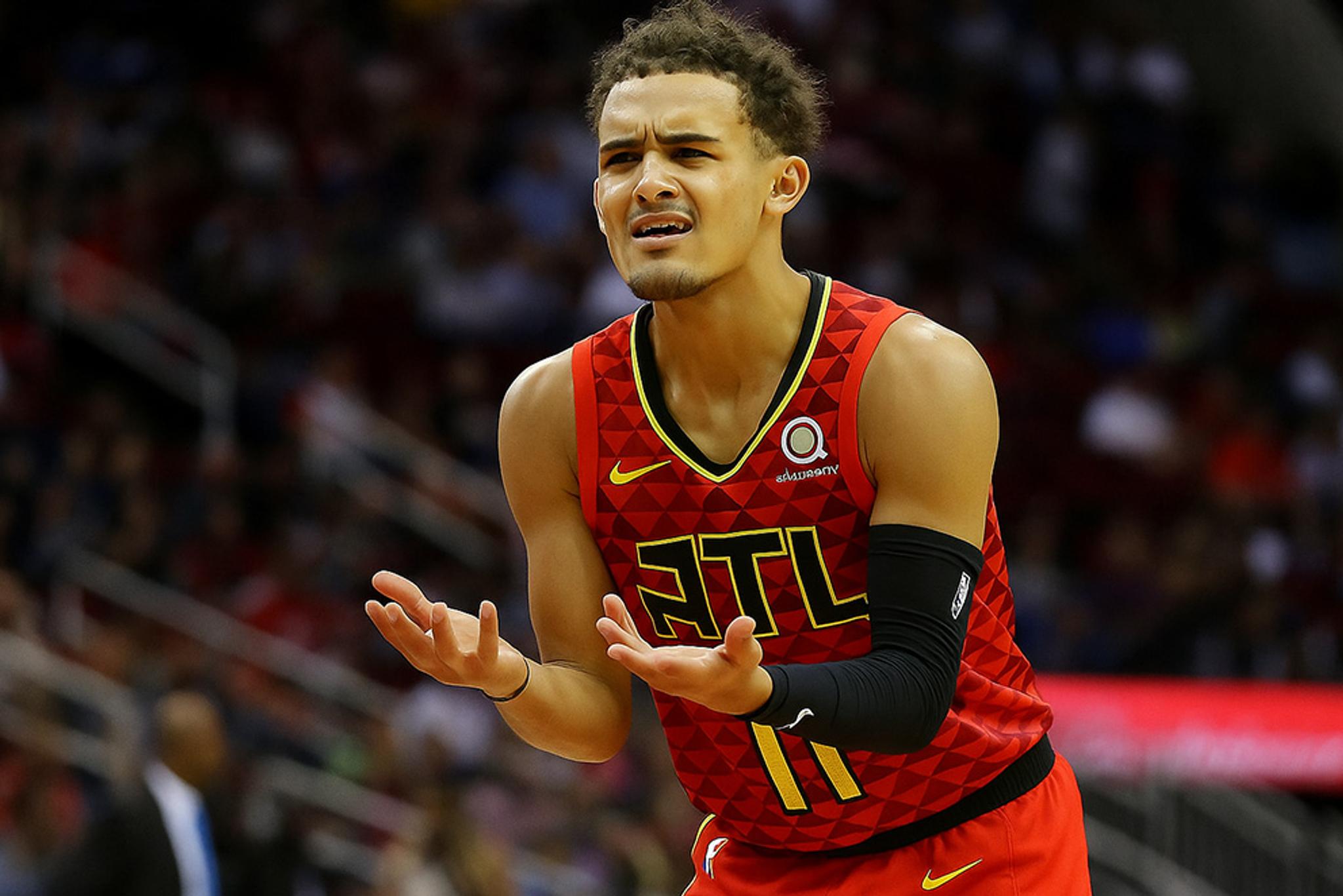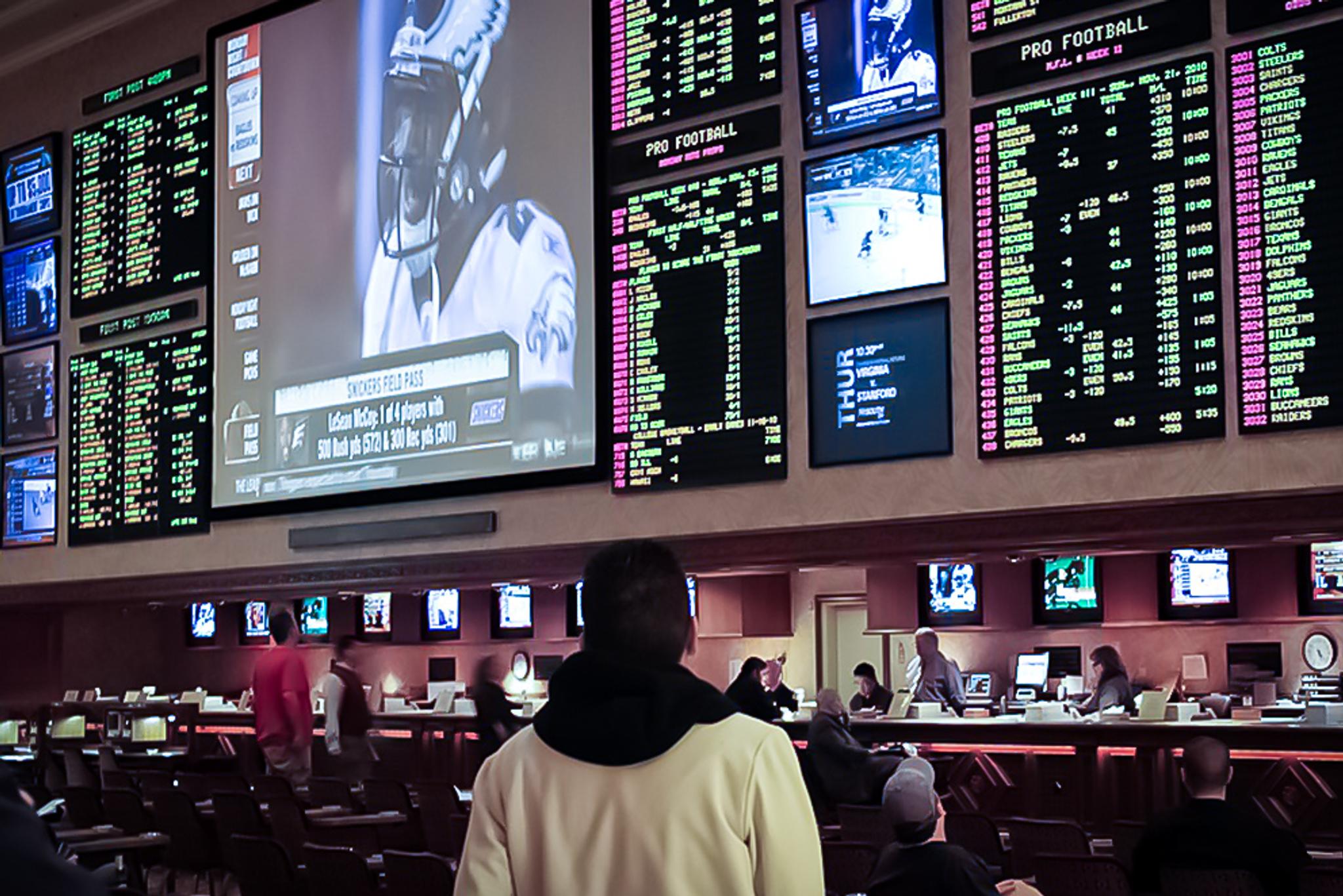The Live Betting Panic Premium: How In-Game Emotions Create Instant Value


James White
Co-Founder of HotTakes
The Live Betting Panic Premium: How In-Game Emotions Create Instant Value
Here's the thing about live betting: the moment something unexpected happens on the field, a massive psychological shift occurs in both the crowd and the betting market. That shift creates what sharp bettors call the "panic premium," and it might be the most exploitable inefficiency in all of sports wagering.
While most bettors are glued to their screens making split-second emotional decisions, professional players are sitting back, calculators out, ready to capitalize on the chaos. The difference between profit and pain in live betting isn't about being faster. It's about understanding that everyone else's panic is your payday.
The Anatomy of Live Betting Panic
Real talk: live betting brings out the absolute worst in human decision-making. The combination of time pressure, visual stimulation, and constantly changing odds creates a perfect storm of cognitive bias that makes even experienced bettors act like complete beginners.
When a touchdown gets called back, an injury happens, or a momentum-shifting play occurs, three things happen simultaneously in the live betting market. Public money floods toward the "obvious" new side, books adjust lines aggressively to protect themselves, and sharp bettors start licking their chops because they know the market is about to overreact.
The panic premium shows up as inflated odds that don't reflect the actual probability change. A quarterback throwing an interception doesn't suddenly make his team 40% less likely to win, but the live betting market often moves as if it does. This is where understanding the difference between emotional reactions and mathematical reality becomes your edge.
Just like how too much information can paralyze your decision-making process, live betting rewards those who can cut through the noise and focus on what actually matters. The key is having predetermined frameworks for when lines represent value versus when they're justified corrections.
Why Your Brain Betrays You in Live Moments
The psychology of live betting is absolutely brutal. Your brain, already wired to seek immediate gratification and avoid loss, gets hijacked by the visual intensity of watching games unfold in real-time. Every play feels monumentally important when you have money on the line and can see the action happening.
This is where the recency bias becomes your worst enemy. That last play you just witnessed carries about 10,000 times more weight in your decision-making than it should statistically. A fumble in the first quarter doesn't fundamentally change a team's ability to move the ball for the next three quarters, but try telling that to your amygdala when you're watching it happen live.
The confidence cascade effect is particularly nasty in live betting scenarios. When something goes your way early, you start feeling like you can predict every play, leading to bigger and more frequent bets. When things go wrong, the urge to "get even" by making increasingly desperate live bets becomes overwhelming.
Smart players recognize these emotional traps and build systems specifically designed to exploit other people's psychological weaknesses. They know that when everyone else is reacting emotionally to what they're seeing, there's usually value on the other side of that panic.
The Three Types of Panic Premium
Understanding the different flavors of panic premium helps you identify which situations offer genuine value versus which ones are legitimate market corrections. Not every line movement in live betting represents an overreaction, so knowing what you're looking at becomes crucial.
Momentum Panic
happens when visual events create the illusion of shifted game flow. A team drives 80 yards for a touchdown, and suddenly they're favored when nothing fundamental about their capabilities has changed. The crowd sees dominance where sharp analysis sees variance playing out normally.
This type of premium is most exploitable when the "momentum" comes from unsustainable elements. A team converting three fourth downs in one drive isn't suddenly better at fourth down conversions. A quarterback hitting three perfect throws in a row doesn't erase his season-long accuracy issues. The market reacts to what just happened instead of what's likely to happen next.
Injury Panic
creates some of the wildest line swings in live betting, often far exceeding the actual impact of the personnel change. When a star player goes down, the public immediately assumes the team is doomed, but professional analysis focuses on the specific game situation and remaining talent.
The key insight here is that not all injuries affect all situations equally. A running back getting hurt matters more in short-yardage situations than in passing downs. A defensive back injury has different implications in the first quarter versus the fourth quarter when teams might abandon the run entirely.
Score Panic
might be the most reliable source of live betting value. When bad teams take early leads or good teams fall behind, the market often overadjusts based on the scoreboard rather than the process that created that score. A touchdown off a fluke turnover doesn't mean the scoring team suddenly became more talented.
Similar to how recognizing when hot streaks are about to end can save you from overconfident betting, understanding that early scores often come from unsustainable plays helps you identify when live lines have moved too far.
Reading the Live Market Like a Pro
Professional live bettors don't watch games the same way casual fans do. They're constantly calculating how much each play should actually move the probability needle versus how much the market thinks it should move. This gap between reality and perception is where profit lives.
The first skill is learning to ignore the visual noise. That spectacular catch looks amazing, but if it came against blown coverage that won't be repeated, it doesn't tell you anything meaningful about the next possession. Sharp players train themselves to see the process behind the results and bet accordingly.
Line movement timing becomes crucial in live betting markets. The sharpest money often comes in immediately after an event when recreational players are still processing what happened. If you see a line move quickly against public sentiment right after a big play, that's usually smart money seeing value that the crowd missed.
But here's where it gets tricky: books are getting better at protecting themselves against live betting arbitrage. They're faster to suspend lines, quicker to adjust, and more aggressive about limiting winning players. The window for exploiting panic premium keeps getting smaller, which makes precision more important than ever.
Learning to differentiate between sharp line movement and public panic requires understanding betting market mechanics. When primetime games create specific value opportunities, similar patterns emerge in live betting when casual viewers start making emotional decisions based on what they're seeing.
The Mathematics of Emotional Overreaction
Here's what most live bettors don't understand: the mathematical relationship between individual plays and overall win probability is much smaller than it feels. A first-quarter touchdown typically changes win probability by 7-12%, but live betting lines often move as if it changed things by 20-30%.
This creates consistent mathematical edges for players who can calculate actual probability shifts versus market-implied shifts. When a team scores to take a 7-0 lead, they've improved their position, but not nearly as much as the betting public thinks they have.
The compounding effect of multiple emotional reactions often creates even bigger inefficiencies. When three or four "momentum" plays happen in sequence, the market can swing wildly beyond any mathematical justification. Each individual overreaction builds on the previous one, creating value opportunities that would never exist in pregame betting.
Understanding regression to the mean becomes particularly powerful in live betting contexts. Teams that look unstoppable for one quarter rarely maintain that level of performance for four quarters. Players who start games perfectly rarely finish them perfectly. But the live betting market often prices as if exceptional performance will continue indefinitely.
Just like understanding why following conventional "sharp" indicators isn't actually sharp, recognizing when live betting markets are reacting to noise rather than signal gives you a systematic edge over emotional bettors.
Building Your Live Betting Framework
Successful live betting requires predetermined frameworks that prevent emotional decision-making in the heat of the moment. Without clear rules established before the game starts, you'll inevitably get caught up in the same psychological traps as everyone else.
Start by identifying the specific types of events that consistently create panic premium in your sports of focus. In football, this might be early turnovers, special teams touchdowns, or weather changes. In basketball, it could be hot shooting starts, foul trouble for stars, or bench production disparities.
Develop probability adjustment guidelines for common scenarios. When a starting quarterback gets injured, how much should that actually change the spread versus how much it typically does change? When a team hits their first three three-pointers, what does that actually tell you about their shooting for the rest of the game?
The most important rule is position sizing discipline in live betting situations. The temptation to bet bigger because you're "seeing" the game develop is enormous, but live betting should represent a smaller portion of your overall action due to the increased variance and market efficiency challenges.
Your framework should also include clear stop-loss protocols for live betting sessions. It's incredibly easy to chase losses when you can immediately bet the next possession or the next timeout. Having predetermined limits prevents you from turning small losses into large disasters.
Technology and Timing Advantages
While casual bettors are watching games on cable TV with multi-second delays, sharp live bettors have invested in the fastest possible feeds and multiple data sources. This technological edge becomes crucial when panic premium windows only last seconds.
But here's the reality check: unless you're operating with significant capital and professional-grade technology, you're not going to out-speed the market makers. Your edge comes from out-thinking the emotional public, not out-clicking the algorithms.
The smarter approach focuses on identifying situations where panic premium persists longer due to widespread emotional reactions. These typically involve scenarios where the visual impact exceeds the mathematical impact, creating value windows that last minutes rather than seconds.
Understanding when books will suspend lines versus when they'll leave them up helps you time your value-seeking behavior. Lines typically stay available longer when the book believes their adjustment is accurate, and get pulled quickly when they're uncertain about fair value.
Common Live Betting Traps
The biggest trap in live betting is the illusion of having more information than you actually do. Watching a game unfold makes you feel like an expert on what's happening, but most of what you're seeing is noise rather than signal. This overconfidence leads to bet sizing that doesn't match your actual edge.
The Momentum Mirage
convinces bettors that recent plays predict future plays more than they actually do. A team driving 80 yards feels unstoppable, but their next drive starts from their own 20-yard line with the same players who struggled earlier in the game.
The Injury Inflation
trap happens when visible injuries create larger line movements than warranted. A limping player gets massive attention, but a player dealing with the same injury who's been managing it all season gets none. The market reacts to what it can see rather than what actually affects performance.
The Score Significance
error treats all points equally when they're not. Garbage time touchdowns, special teams scores, and defensive touchdowns often carry different predictive value than offensive touchdowns from scrimmage, but live betting markets sometimes treat them the same.
Understanding how dopamine responses drive poor betting decisions becomes especially relevant in live betting, where every play provides an immediate neurological response that can cloud judgment.
The Professional Approach
Professional live bettors treat it as a completely different skill set from pregame analysis. They're not trying to predict what will happen. They're trying to identify when what just happened has been mispriced by the market relative to its actual significance.
This requires developing what poker players call "card removal" thinking for sports. When a team scores a touchdown, what does that actually tell you about their ability to score the next touchdown? When a player misses a shot, how does that change the probability of making the next shot?
The best live bettors also maintain detailed records of market overreactions to specific events. Over time, patterns emerge that show which types of plays consistently create panic premium opportunities and which ones result in efficient market corrections.
They also understand the meta-game of live betting: how their own actions affect the market and when to be aggressive versus when to wait. Being the first bettor to identify value is great, but being the bettor who gets the best number often means waiting for others to move the line further in your favor.
When Live Betting Becomes Problematic
There's a dark side to live betting that goes beyond mathematical edges and market inefficiencies. The combination of instant gratification, constant action opportunities, and emotional intensity creates perfect conditions for problem gambling behaviors.
The ability to bet every possession, every timeout, and every momentum shift transforms what should be strategic value hunting into compulsive action-seeking. When every play becomes a betting opportunity, the line between analysis and addiction gets dangerously thin.
Smart bettors recognize these warning signs in themselves and others. If you're betting more than you planned because "opportunities keep presenting themselves," that's not sharp play, that's loss of control. If you're making larger bets because you feel like you're "reading the game perfectly," that's overconfidence, not edge.
Similar to how revenge betting leads to increasingly poor decisions, live betting can create cycles where small losses lead to desperate attempts to "get even" on the next possession.
The Future of Live Betting Value
As live betting markets become more efficient and technology improves, the windows for exploiting panic premium continue to shrink. Books are getting faster at adjusting lines, better at identifying sharp action, and more aggressive about limiting successful players.
However, as long as humans are making emotional decisions based on what they're watching, there will be some level of panic premium available. The key is adapting your approach as the market evolves and becoming more selective about when and how you attack these opportunities.
The growing popularity of live betting also means more recreational money entering these markets, which can help sustain inefficiencies even as the professional competition increases. When player props create specific edges for educated bettors, similar dynamics apply to live betting where casual money subsidizes sharp action.
Bottom Line: Profit from Others' Panic
Live betting isn't about being the fastest or having the best information. It's about recognizing when other people's emotional reactions to what they're seeing create mathematical opportunities for those who stay calm and calculated.
The panic premium exists because humans can't help but overweight recent visual information when making decisions. Every spectacular play, devastating injury, or momentum shift feels more significant than it actually is statistically. That gap between perception and reality is where your profit lives.
Build frameworks before games start, focus on mathematical probability rather than visual impact, and remember that everyone else watching the same game is dealing with the same psychological pressures. When they panic, you profit. When they chase momentum, you fade the overreaction.
The best live bettors aren't trying to predict the future. They're trying to exploit other people's overconfident predictions about the future based on what just happened. Master that distinction, and you'll turn other people's emotional investing into your systematic edge.
Most importantly, never forget that live betting should enhance your overall strategy, not replace it. The real money is still made through patient, process-driven analysis. But when panic premium opportunities present themselves, be ready to capitalize on the market's emotional overreactions while everyone else is just reacting.
Continue the Journey
with More Expert
Insightsmore Articles

The Suspension Surprise: Why Character Issues Create the Most Predictable Value
Real-Time Reactions
Steam vs. Mirage: How to Tell Real Line Movement from Market Noise in 60 Seconds
Real-Time Reactions
The Confidence Cascade: Why Hot Streaks Lead to Cold Reality Checks
Mental Edge
Analysis Paralysis: When Too Much Research Kills Your Edge
Mental Edge
The Closing Line Lie: Why Following 'Sharp' Money Isn't Actually Sharp
Market Inefficiencies